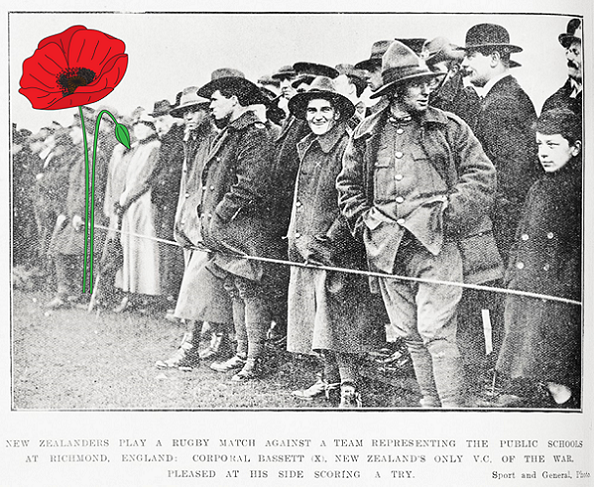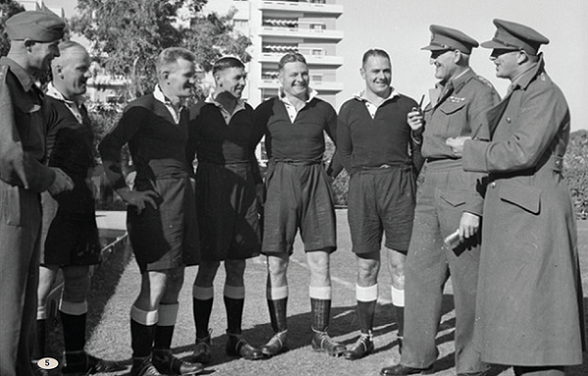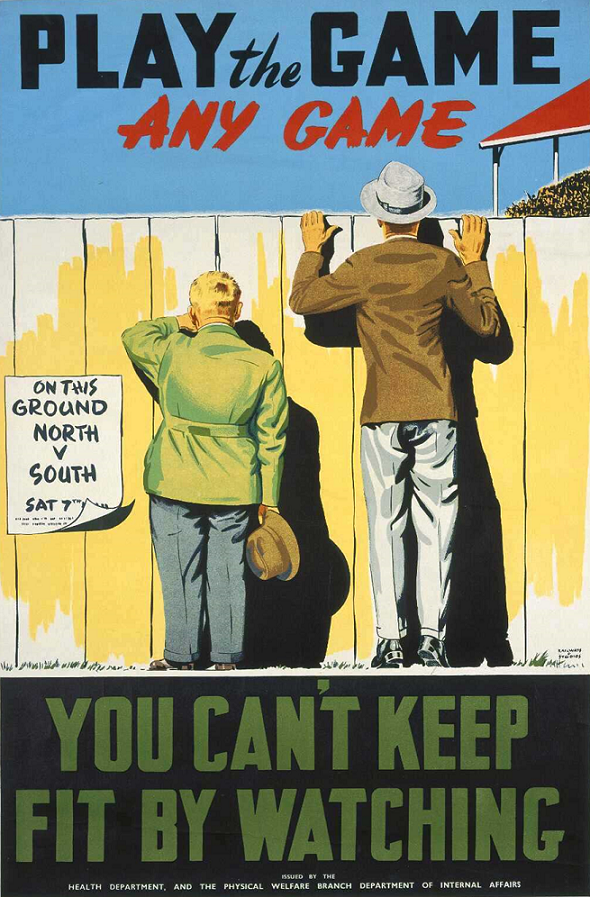Both 1919 and 1946 were years in which community sport in New Zealand experienced a strong revival. Following the declaration of war in mid-1914, the Government progressively curtailed public sporting events. Transport was largely unavailable, with railway schedules heavily reduced, limiting the ability of the population (and sportspeople) to travel. War, combined with the influenza epidemic at the end of 1918, effectively stopped community sport in its tracks.
However, in early 1919, following the end of hostilities and illness, the need for community sport to be revived was emphasised, with some noting that, “the immediate concern of the community is - or ought to be - for the development of those British characteristics in the citizens of tomorrow, which are brought out by participation in training for foot and cycle races, wrestling, and, indeed almost any kind of match.”

Sport was also seen as the essence of the allied victory, with the press declaring that, “the war was decided by the greater staying power of the match-playing British. Not only the soldiers, but the whole nation, fought as they had been habituated to play, and it was the ability to stay and conquer in an uphill tussle that brought us out Victors. Moreover, we have fought clean, and Victory finds us worthy of it.”
Moreover, the impact of the war was observed as a positive influence on promoting community sport, as an essential part of the ongoing and future defence of the nation, “the same effect of military training could be obtained by the promotion of a national grounding in athletics. We could not do better for our national defence than to instil an active love of true sport in the youth of the community.”
At the end of the Great War, New Zealand’s "Sports Protection League" strenuously lobbied for rates and tax relief for community sports clubs, fearing that many following the economic hardship and deprivation, and reduced membership arising from the Great War, would be unable to financially survive.

In 1924, the New Zealand Government undertook a Census of Sport, which showed Rugby Union as New Zealand’s biggest sport, with 40,000 participants, representing 6% of the male population at that time. Overall, 10% of New Zealand's 1924 population reported themselves as being players or members of a community sports club.
Following World War Two, the formation of new sports clubs (and the revival of defunct ones) in New Zealand was seen as an important community priority, as part of a global renaissance of sport as a means of uniting people peacefully, given sport, "knows no barriers, no racial distinctions, and no creeds.”

Some viewed the period following the end of the War as the, “beginning of a period which may be termed the golden age of sport.” In the case of New Zealand, “the widespread adoption of shorter working hours, the five-day week, [means] the useful employment of leisure in sport is rapidly increasing and as a principle is being encouraged by Governments and local authorities. This encouragement is important because, apart from the physical and mental benefits to a nation, the playing of sport is put on a wider basis by money grants for recreation areas, equipment and instructors.”
Over 75 years later, many of the challenges facing community sport may well require a revival of post-War values, as New Zealand society grapples with the social and financial impacts of COVID-19 on membership of, and participation in, community sports clubs.